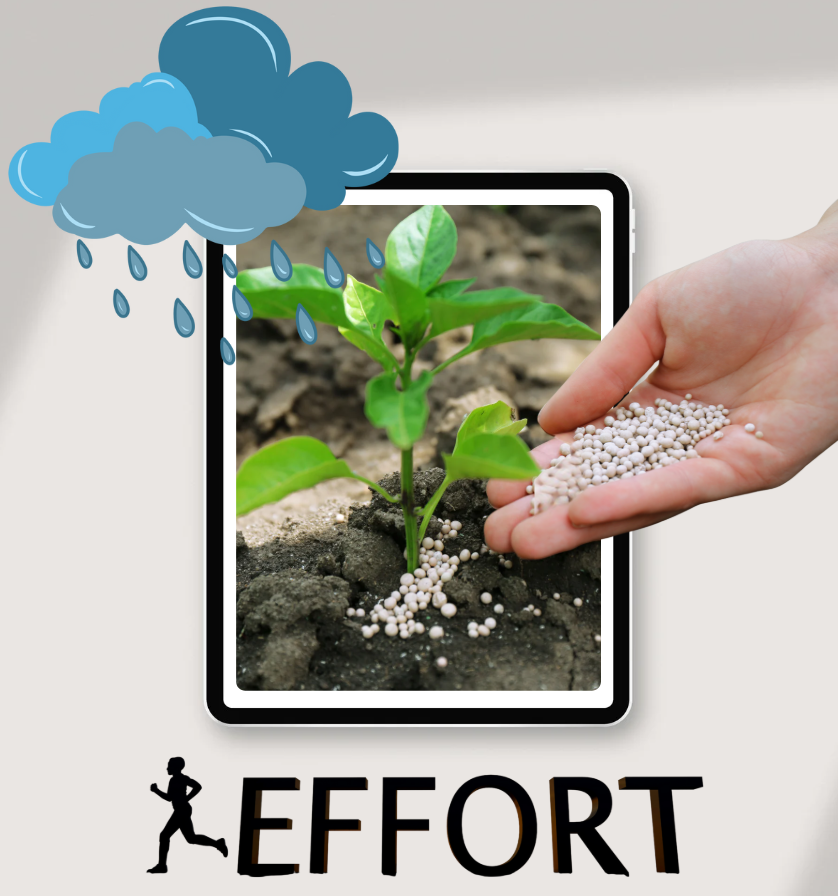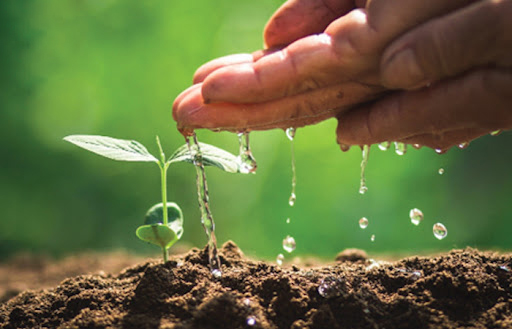
ORGANIC AGRICULTURE AND SUSTAINABLE DEVELOPMENT
ORGANIC AGRICULTURE AND SUSTAINABLE DEVELOPMENT
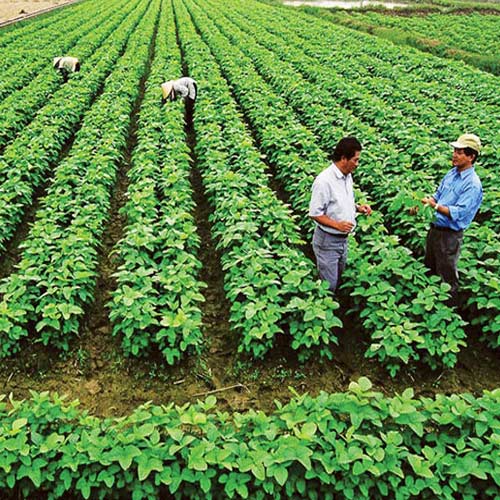
1. Concept and context
Organic Agriculture is a farming system based on optimizing natural resources and ecological principles, avoiding (or minimizing) the use of synthetic chemicals such as chemical fertilizers, pesticides, herbicides, and growth stimulants. Instead, organic agriculture focuses on maintaining soil fertility and biodiversity through biological methods, crop rotation, and the integration of livestock and crop production. The core objective is to produce clean products that ensure human health safety and protect the environment.
In the context of climate change, environmental pollution, and the increasingly serious depletion of natural resources, organic agriculture has emerged as a viable option for sustainable development. Not only does it minimize negative impacts on the ecosystem, but organic agriculture also contributes to job creation, increases farmers' income, and meets market demand for high-quality agricultural products. However, to successfully operate this model, a solid foundation of technical expertise, management, policies, and awareness from stakeholders is necessary.
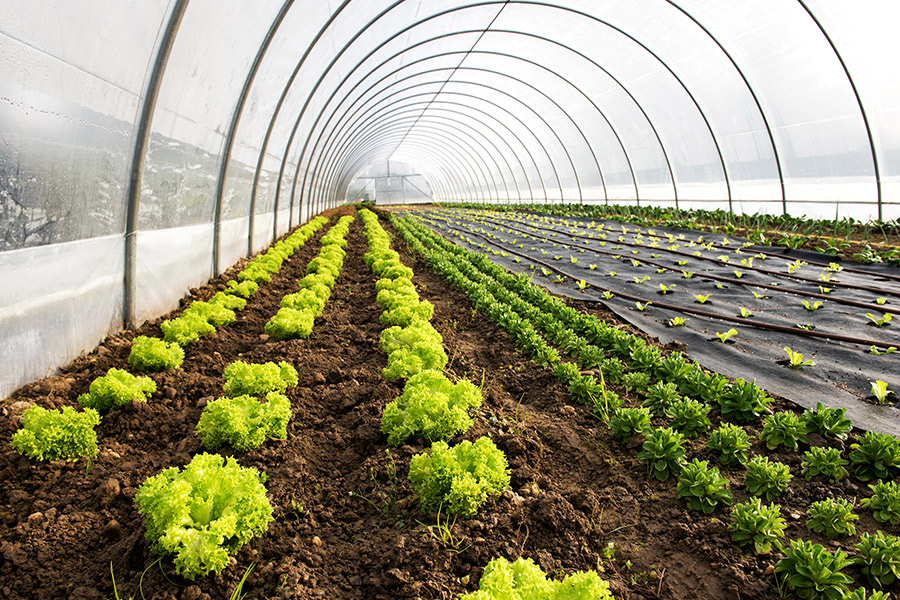
2. The core principles of organic agriculture.
The International Federation of Organic Agriculture Movements (IFOAM) has established four fundamental principles:
- Health Principle (Health)
- Protect and enhance the health of soil, crops, livestock, and humans as a unified entity.
- Minimize the introduction of substances that can cause disease or contaminate the food chain into the environment.
- Ecology Principle (Ecology)
- Harmonious with the ecosystem, relying on natural cycles, biodiversity, and circular farming.
- Preserving and nurturing soil structure, water resources, and air through methods such as crop rotation, cover cropping, organic fertilizers, and natural predators.
- Fairness Principle (Fairness)
- Ensure fair rights, benefits, and responsibilities for farmers, processors, distributors, and consumers.
- Promote gender equality, labor value, and livelihoods.
- Care Principle (Care)
- Be cautious in the application of technology, avoiding risks to the environment and society.
- The spirit of "prevention" is prioritized, not pursuing productivity at all costs but valuing sustainability.
By adhering to these four principles, organic agriculture not only produces safe agricultural products but also contributes to maintaining ecological balance, community development, and protecting human health.
3. Organic agriculture in the context of sustainable development.

3.1. The concept of sustainable development.
Sustainable Development is the process of meeting the current needs of humanity without compromising the ability of future generations to meet their own needs. This concept emphasizes three main pillars: economic, social, and environmental, which must be balanced and harmonious.
- Sustainable economy: Stable and efficient growth, reducing inequality.
- Sustainable society: Ensuring social justice, improving quality of life, respecting culture and human rights.
- Sustainable environment: Maintaining biodiversity, using resources wisely, minimizing pollution and degradation.
3.2. The role of organic agriculture in sustainable development.
- Protecting the environment
- Reduce the use of chemical fertilizers and synthetic pesticides => reduce soil, water, and air pollution.
- Build a healthy agricultural ecosystem rich in microorganisms, with loose soil, to prevent erosion and desertification
- Contributing to the conservation of biodiversity
- Plant native species, cover crops, and build ecological fences to encourage natural enemies and balance pest and disease populations.
- Limit artificial interventions, maintain natural ecological balance, and prevent species extinction.
- Improving product quality and community health
- Organic products are safer, free from harmful chemical residues and genetically modified substances.
- They enhance consumer health and reduce the risk of food-related poisoning and illnesses.
- Farmers and agricultural workers have reduced exposure to harmful chemicals, improving working conditions.
- Promoting local economy and society
- The value of organic agricultural products is often higher, helping farmers increase their income, especially when exporting to premium markets.
- Attracting agritourism (farm stays, visits to organic farms), spreading local culture, and providing additional services and jobs.
4. The current situation and challenges of organic agriculture
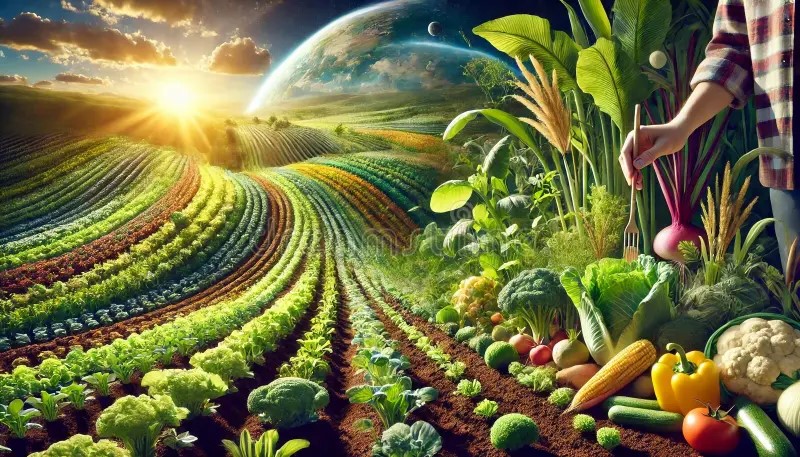
4.1. Current state of development
- Limited scale: Despite development, the area of organic farming in the world and in Vietnam still accounts for a small proportion compared to the total agricultural area.
- Consumer awareness: More and more people are concerned about health and the environment, and are willing to pay higher prices for clean agricultural products. This is driving the growth of the organic market.
- Support policies: Many countries have issued standards and certifications for organic agriculture (USDA Organic, EU Organic, Japanese JAS, advanced VietGAP...), encouraging farmers to switch to organic farming.
4.2. Challenge
- Conversion costs
- During the transition period (usually 2-3 years), farmers must reduce (or completely stop) the use of synthetic fertilizers and pesticides, leading to a temporary decrease in yield.
- Invest time and effort to improve the soil, purchase organic fertilizers, and biological products.
- Lack of knowledge, experience, and infrastructure
- Organic farming techniques require a deep understanding of crop rotation, beneficial organisms, organic fertilizers, and microbial preparations.
- The isolation and maintenance of clean seed sources, along with the process of controlling natural pests, remain a challenging issue for many farmers.
- Market difficulties, certification
- The cost of obtaining organic certification (Organic EU, USDA, etc.) is often high, and the procedures are complex, requiring strict inspections.
- Consumers do not fully trust it, leading to the issue of agricultural products being "falsely labeled as organic." The monitoring and penalties are still not strong enough.
- Competition with conventional products
- Traditional agricultural products have higher yields and lower prices, dominating a large part of the market.
- Organic agricultural products are "more expensive," causing mainstream customers to hesitate and narrowing the buyer demographic.
5. Solutions and directions for sustainable organic agriculture development.

To promote organic agriculture while ensuring sustainable development goals, it is necessary to implement the following groups of solutions:
5.1. Complete the policy framework and support.
- Incentive Policy
- Loan interest incentives, tax exemptions/reductions for organic models, technical support for conversion, and certification.
- Building agricultural infrastructure (canals, post-harvest storage) combined with international food safety standards.
- Quality Management and Supervision
- Establish a legal framework with specific regulations on national organic standards, linked to an independent inspection and certification body.
- Strictly penalize fraudulent "organic" labeling and create a public, transparent database of certified businesses.
5.2. Build a model for cooperation and value chain linkage.
- Organic cooperatives: Gather farmers, unify farming methods, share experiences, and jointly invest in preliminary processing and packaging infrastructure.
- Link with enterprises: Companies for purchasing, processing, and distribution ensure stable output and reasonable prices.
- Brand development: Build regional brands and geographical indications for organic products (Dalat vegetables, fruits from the Mekong Delta...), enhancing value and competitiveness.
5.3. Raise awareness and training.
- Farmer training: Workshops on organic farming techniques, integrated pest management (IPM), organic fertilizer production, and biological products.
- Consumer communication: Explaining the benefits of organic products, how to distinguish between real and fake products, encouraging a green lifestyle, and supporting clean farmers.
- Development of scientific human resources: Universities and research institutes need to have specialized training programs in organic agriculture, ecology, and organic product preservation technology.
5.4. Application of science and technology, innovation and creativity
- Digital technology: Monitoring the farming process, online field logs, traceability labels.
- Biotechnology: Selecting pest-resistant varieties, using microbial products to improve soil, composting, pest management.
- Internet of Things (IoT): Drip irrigation systems, humidity and temperature monitoring sensors, early pest warning, water and cost savings.
6. Prospects and Conclusion

Organic agriculture is an inevitable trend in the journey towards sustainable development. Although there are still challenges regarding costs, techniques, market awareness, and quality management, the potential of this model is significant. It not only helps protect the environment but also provides high added value for farmers, meeting the increasing demand of consumers for clean, safe, and ecologically responsible products.
In the long term, the application of organic agriculture, combined with supportive policies, value chain linkages, and the adoption of new technologies, will promote the transformation of production models. As a result, agriculture will not only generate sustainable income for farmers but also contribute to maintaining natural balance, conserving resources, reducing poverty, ensuring food security, and moving towards a green economy. This is a solid foundation for realizing sustainable development goals and preserving the environment for future generations.
Bình luận
Những bình luận mới nhất
